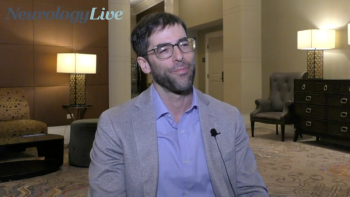
The director of movement disorders at the Banner Sun Health Research Institute talked about how research in essential tremor is revolutionizing the diagnosis and understanding of the movement disorder. [WATCH TIME: 5 minutes]

The director of movement disorders at the Banner Sun Health Research Institute talked about how research in essential tremor is revolutionizing the diagnosis and understanding of the movement disorder. [WATCH TIME: 5 minutes]

The professor of anesthesiology at Washington University in St. Louis discussed the importance of effectively communicating and reciprocating with underserved communities that are of research interest.

Recent advancements have the potential to significantly improve the lives of individuals with myasthenia gravis and contribute to the broader understanding of autoimmune diseases
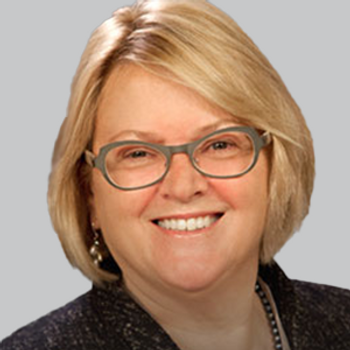
Vera Bril, MD, FRCPC, lead investigator of the MycarinG study, shared her reactions to recent approval of rozanolixizumab-noli, the first approved therapy for both subtypes of generalized myasthenia gravis in adults.

A panel of experts in the treatment of patients with NMOSD discusses and offers insight into the vital aspects of diagnosis, disease management, and therapeutic strategy.

Among sleeping pill nonusers, when compared with patients who got a medium amount of sleep, extremely short or long sleepers had approximately 30% higher risk of all-cause mortality and 3-5 years shorter life expectancy at age 30-50 years.
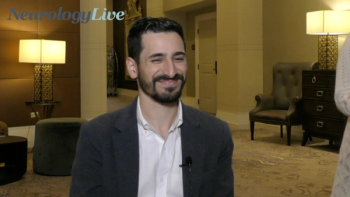
The director of the Movement Disorders Center at Baylor University Medical Center in Dallas, a part of Baylor Scott & White Health, talked about the evolution of treatment for Parkinson disease and the new promising therapies patients may seen over the coming years. [WATCH TIME: 3 minutes]
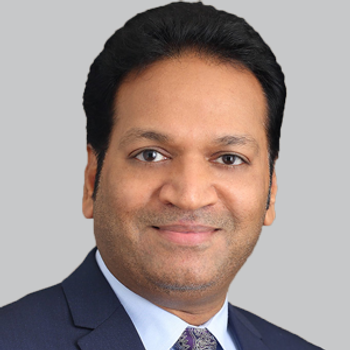
Reasons behind the CRL were not related to efficacy and do not impact Amneal’s 2023 financial guidance, which did not include IPX203 revenues.

The fallout from the pandemic has shaped a growing public health concern and a call for a new clinical pathway to account for the intersection between culture, ethnicity, race, and aging.

Here's some of what is coming soon to NeurologyLive® this week.
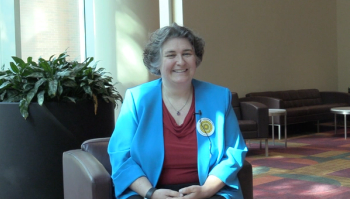
The professor of neurology at UMass Chan School of Medicine discussed the various impacts Daylight Savings Time has on sleep quality and overall health in children and adolescents. [WATCH TIME: 3 minutes]

Recent advances in artificial intelligence—particularly conversational AI tools such as ChatGPT—suggest promising potential in addressing the issues of loneliness and social isolation in these patient populations.

Test your neurology knowledge with NeurologyLive®'s weekly quiz series, featuring questions on a variety of clinical and historical neurology topics. This week's topic is multiple sclerosis.

Through a quantitative electroencephalogram, investigators observed brainwave changes in several regions of the brain following treatment with CT1812.
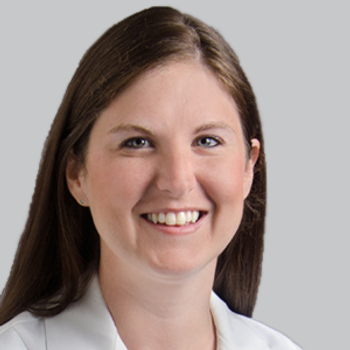
Despite a tremendous burden regarding migraine-related disability and expenditure, headache disorders remain underdiagnosed and undertreated, and only a small percentage of patients report satisfaction with the treatment received.
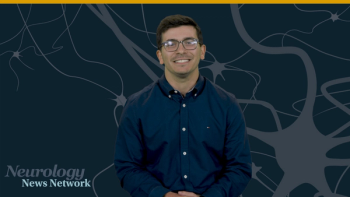
Neurology News Network for the week ending July 1, 2023. [WATCH TIME: 3 minutes]

Take 5 minutes to catch up on NeurologyLive®'s highlights from the week ending June 30, 2023.
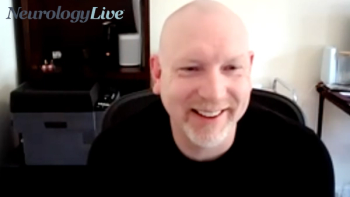
The chief scientific officer at Liberate Bio discussed how through the advancement of nonviral delivery technologies and nucleic acid therapeutics, genetic medicines can potentially bring relief to patients with Duchenne muscular dystrophy. [WATCH TIME: 5 minutes]
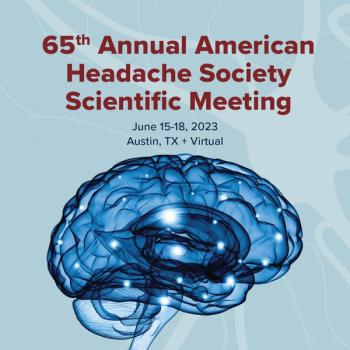
A group of experts in the care of patients with neurological conditions—Amynah Pradhan, PhD; Katherine Podraza, MD, PhD; Elizabeth K. Seng, PhD; Olivia Begasse de Dhaem, MD, FAHS; Sait Ashina, MD, FAHS—shared their perspectives on hot topics of treatment and management in headache/migraine from the 2023 American Headache Society Annual Scientific Meeting.
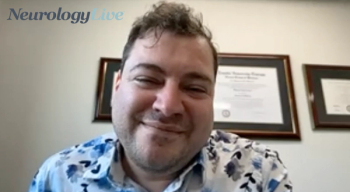
The head of the MS Center at Methodist Hospitals and assistant professor of neurology at Indiana University talked about the significance of diversity and the health disparities faced by patients with multiple sclerosis in the LGBTQ+ community. [WATCH TIME: 3 minutes]

Mind Moments®, a podcast from NeurologyLive®, brings you exclusive interviews with Amit Bar-Or, MD; Gavin Giovannoni, MBBCh, PhD; Dayna Johnson, PhD, MPH, MSW, MS; John Winkelman, MD, PhD; Laxman Bahroo, DO; Ling Wan-Albert, OTD, OTR/L; Sara Pavitt, MD; and Ali Ezzati, MD. [LISTEN TIME: 28 minutes]
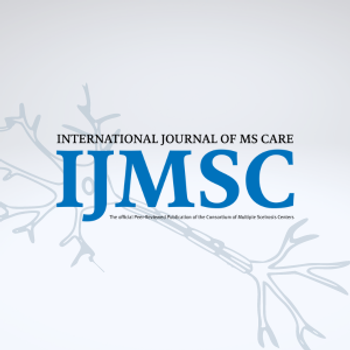
Review the latest peer-reviewed articles dedicated to the multidisciplinary management of multiple sclerosis published in the International Journal of MS Care.
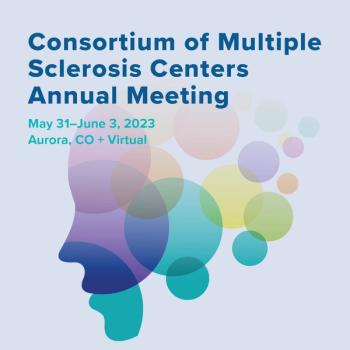
A group of experts in the care of patients with neurological conditions—Gavin Giovannoni, MBBCh, PhD, FCP, FRCP, FRCPath; Andrew Solomon, MD; Anne H. Cross, MD; Anthony Feinstein, MPhil, PhD, FRCP; Brian G. Weinshenker, MD, FRCP—shared their perspectives on hot topics of treatment and management in multiple sclerosis from the 2023 Consortium of Multiple Sclerosis Centers Annual Meeting.
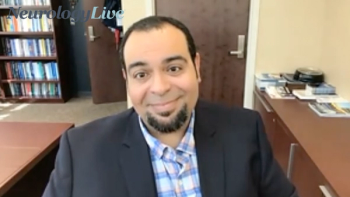
The professor of neurology at the University of California, Irvine, talked about social determinants of health in Alzheimer disease and the importance of having diverse populations in clinical trials. [WATCH TIME: 4 minutes]

As a recap from AHS 2023, get caught up on some of the latest news in neurology as the NeurologyLive® team shares some of our data updates.
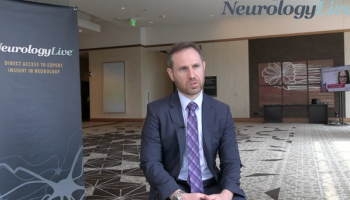
The pain management specialist and headache neurologist at the University of California San Diego Center for Pain Medicine discussed the different forms of cannabis and the need to conduct larger, multicenter studies to better understand its effects in migraine. [WATCH TIME: 3 minutes]
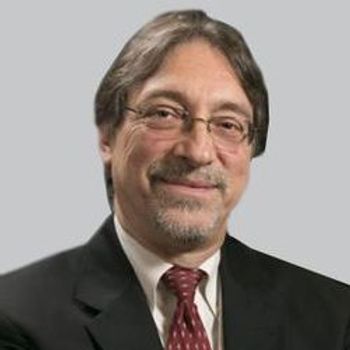
John DeLuca, PhD, senior vice president for Research and Training at Kessler Foundation, discussed the challenges in understanding and measuring fatigue in patients with multiple sclerosis.

As a recap from CMSC 2023, get caught up on some of the latest news in neurology as the NeurologyLive® team shares some of our data updates.
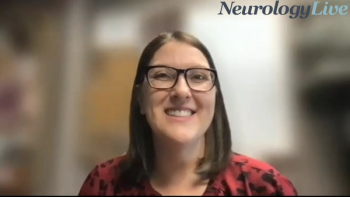
The undergraduate program director at the University of South Carolina provided perspective on the factors that go into building an equitable and effective medical course for young medical professionals. [WATCH TIME: 5 minutes]

As part of our monthly clinician spotlight, NeurologyLive® highlighted migraine expert Jason J. Sico, MD, MHS, national director of the Headache Centers of Excellence program within the Veterans Health Administration.